Mutons… 1974
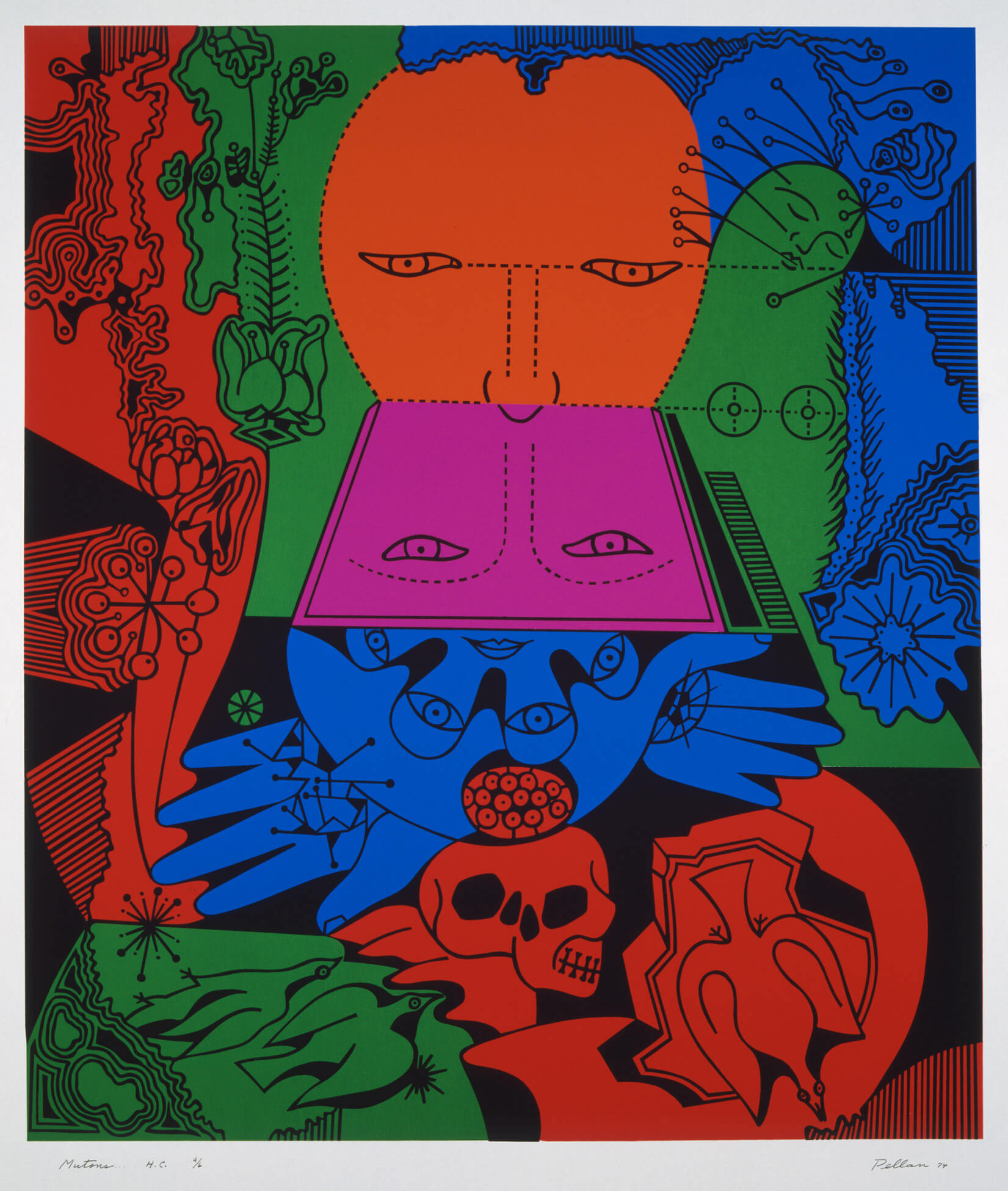
Alfred Pellan, Mutons…, 1974
Serigraph, H.C. 4/6, 111.8 x 81.2 cm
Musée d’art contemporain de Montréal
Mutons… shows faces, disembodied hands, and fantastic creatures in a complicated decorative pattern, all surrounded by monochromatic coloured masses. The contrast between the red, blue, and green tones creates emotional impact, conveying a kind of angst. The work exemplifies Alfred Pellan’s approach to screen printing, a medium he embraced late in his career.
This image overrides the traditional dichotomy between drawing and colour; Pellan creates his universe through the dialogue between the two techniques. The viewer follows the line—sometimes curved, sometimes straight and rigid—that traces the developing scenario: fine black outlines merge with animal shapes and a distorted human form. The colour highlights this movement, which carries the eye through the entire picture. As the line unsettles our gaze with its seemingly endless undulations, colour reacts with the contours.
As art historian Germain Lefebvre has stated, drawing dominates Pellan’s graphic work and provides a sense of organization within his compositions. Here, the line adds vitality to the figures represented. There is harmony and elegance in the arrangement on the page, mirroring Pellan’s obsession with precise drawings in his earlier work.
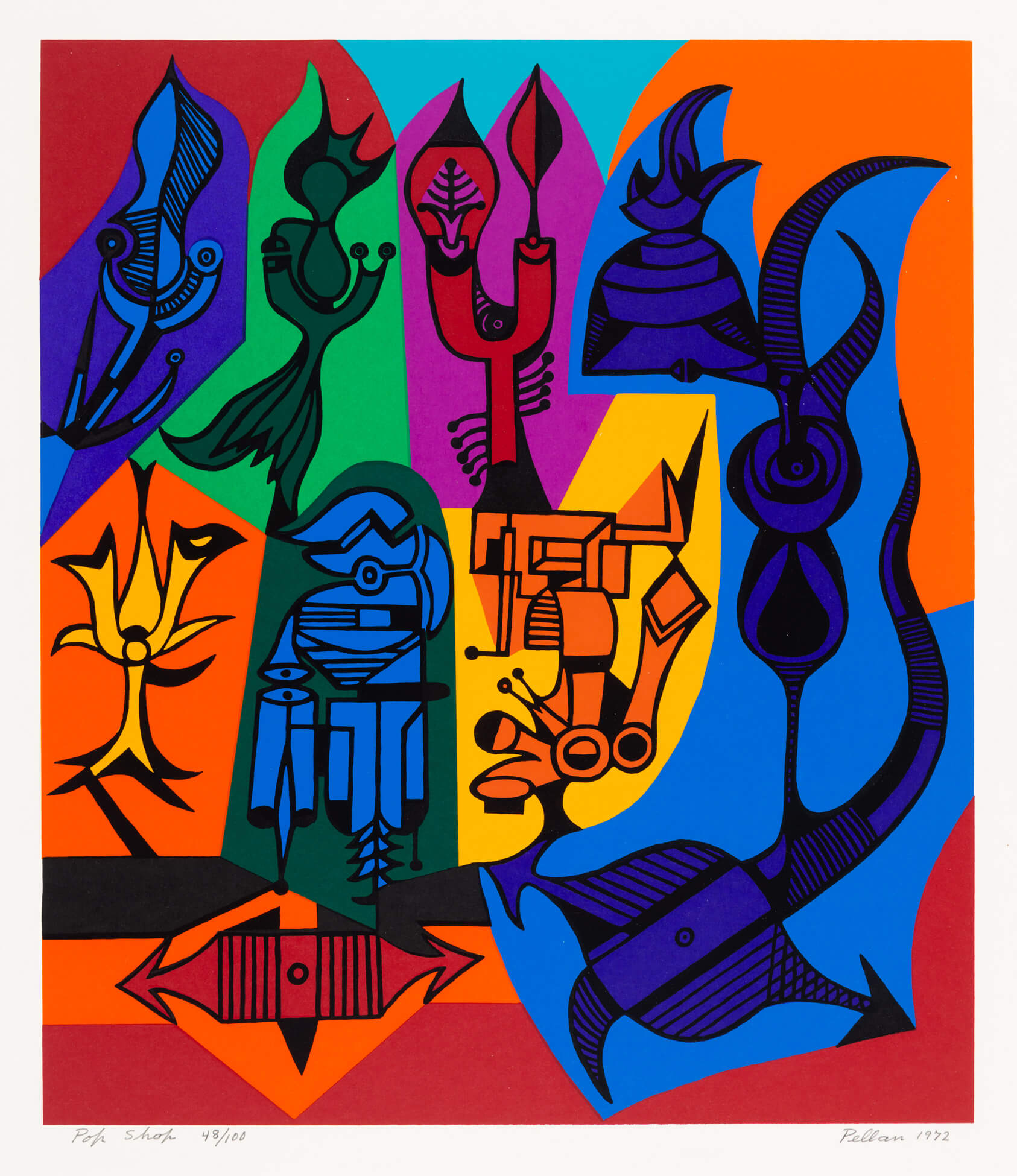
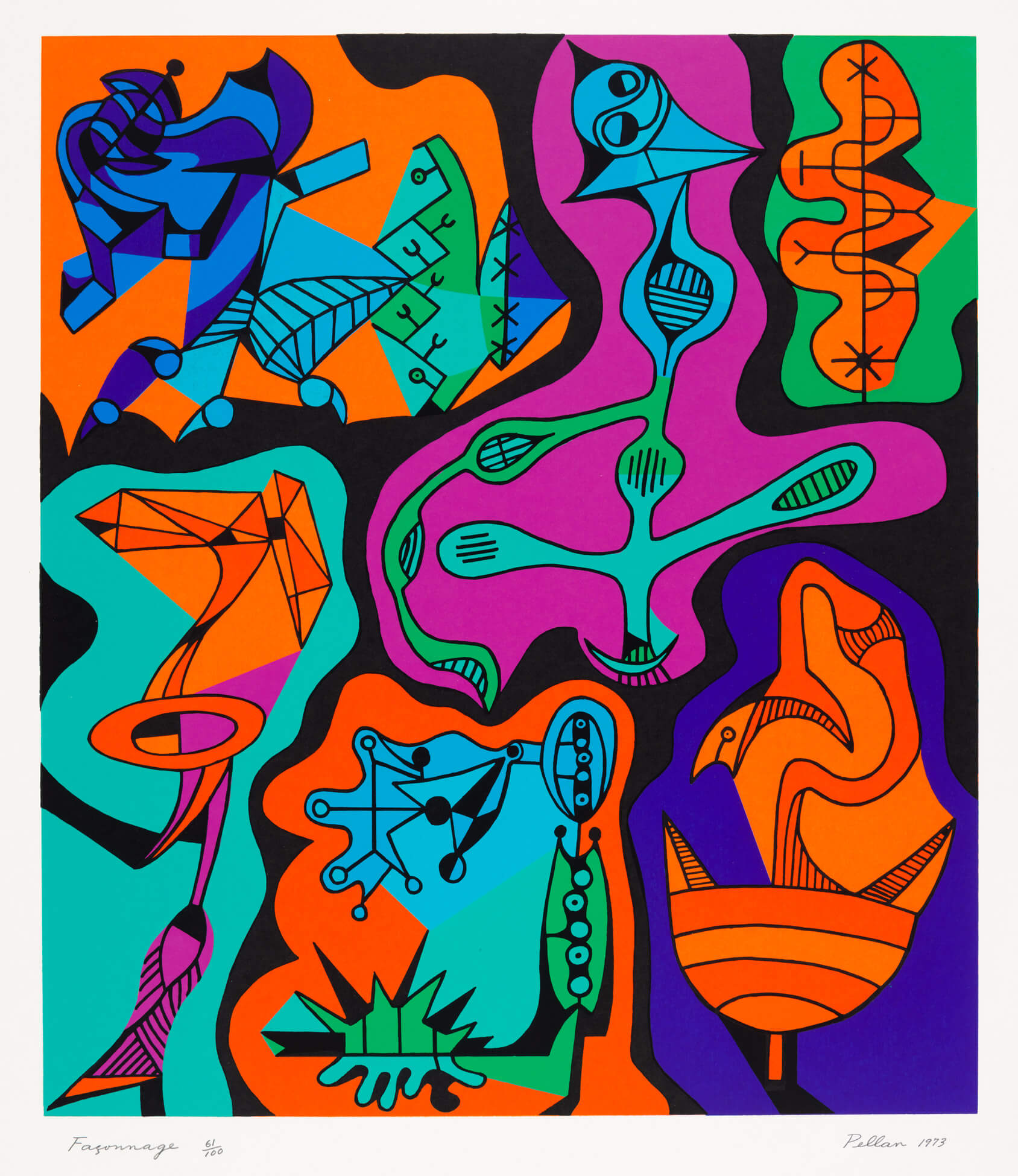
While Pellan’s paintings have received a significant amount of attention, his explorations of other mediums—in particular his graphic work from the 1970s and 1980s—have, with few exceptions, been the objects of far less study. Pellan began to experiment with printing techniques at the end of the 1960s in a workshop held by the engraver Richard Lacroix (b.1939). At first, he created serigraphs, or screen prints—a method in which an image is created by passing ink through a fabric screen on which a design has been mapped out, using an impermeable substance to mask the spots that are meant to remain blank. Screen printing became more popular throughout the 1960s, reflecting a growing desire among artists to produce work outside of established genres that had a greater sense of immediacy. Pellan, who believed that art should be more democratic, sought to increase access to his oeuvre. He returned to older pieces and experimented with format, visual language, and composition.
As a particularly versatile printing process, serigraphs could draw attention to colour and its plasticity, an area of great interest for Pellan. His printing technique in Mutons… creates a distinct separation between the different bodies, contributing to a sense of balance which is belied only by the colour that serves to establish “the emotional environment, the atmosphere.” He achieved a similar result in several other serigraphs, including Pop Shop, 1972, and Façonnage (Shaping), 1973.

 About the Author
About the Author
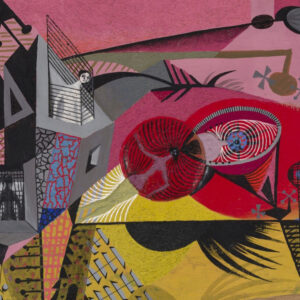 More Online Art Books
More Online Art Books
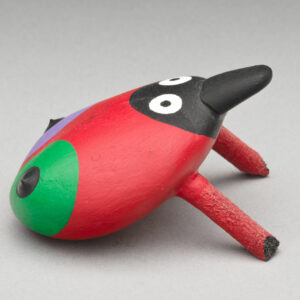 Acknowledgements
Acknowledgements